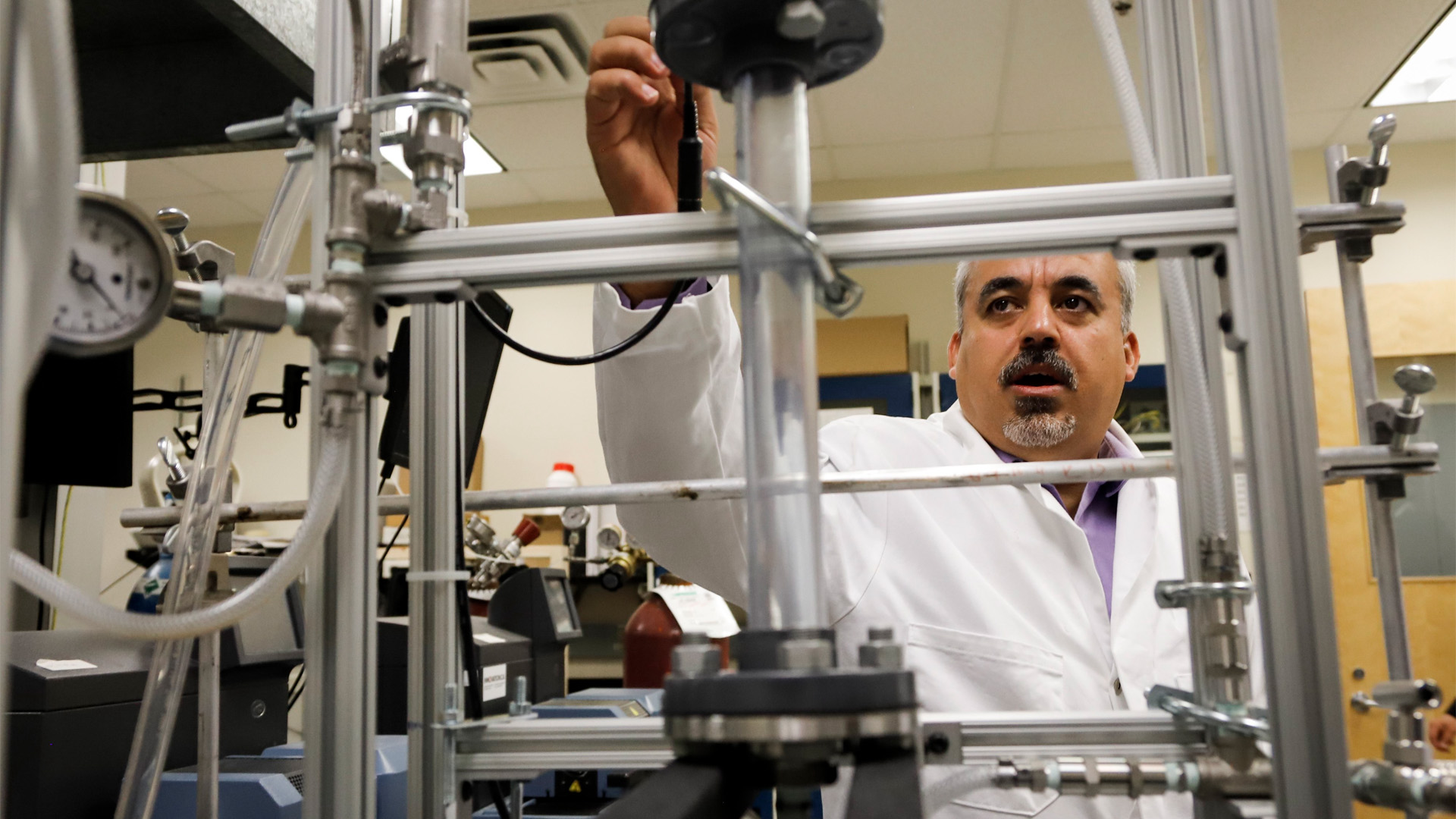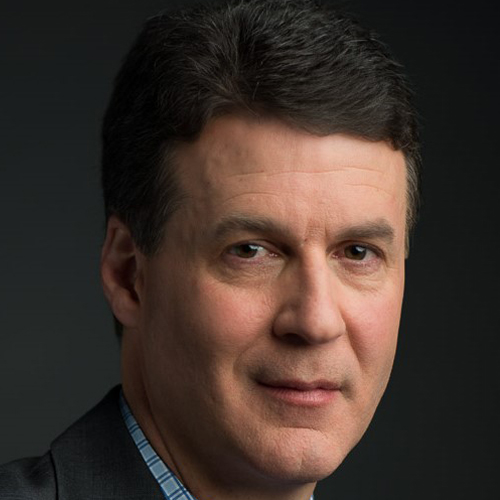
U.S. President Joe Biden has proposed making game-changing new investments in science, research and innovation totaling US$250 billion. Not only do Biden’s investments position the United States to lead in discovery research and the commercialization of breakthroughs, but they will also re-establish the U.S. as a global magnet for top academic talent.
The previous U.S. administration effectively repelled academic talent from abroad, resulting in Canada receiving a “Trump bump” as more international students and academics elected to pursue their studies and research here.
The Trump bump is now gone, so Canada is at great risk of succumbing to the gravitational forces that Biden’s quarter-trillion-dollar investment will surely create. We will lose not only international students, but more importantly, also our homegrown, field-leading science and research talent.
2021 is the 100th anniversary of the discovery of insulin in Canada. A global demand for scientific talent is heating up fast and if our government doesn’t act, our country is at risk of losing our next Sir Frederick Banting or Charles H. Best.
Canada has long had challenges in retaining top science talent because the United States and Europe offer more attractive funding and future career opportunities. Along with these scientists, we’ve also lost potential discoveries, made-in-Canada intellectual property, economic opportunity and prestige.
To lead in science, we have to be more than just a pipeline of talent to the United States and elsewhere. It’s time for Canada to create the foundations and provide the funding for top-tier researchers that will put Canada on equal footing with our global competitors.
Make no mistake, Canada is doing a lot to invest in young research talent. For example, the latest federal budget promised $750 million to Mitacs for innovation internships, but we aren’t doing enough to keep that talent in the country as their promising careers advance.
The same budget explicitly recognized this by earmarking funds targeted at retaining talent in the field of artificial intelligence. The problem of retention extends well beyond the field of AI where Canada is already a global powerhouse. We need to make similar investments across many disciplines.
For example, the federal budget dedicated significant dollars to biomanufacturing and the life sciences. The majority of these investments were targeted at industry and were largely reacting to our lack of domestic vaccine-manufacturing capacity.
While investing in industry is important, government also needs to invest in the discovery research talent that generates the new knowledge necessary to fuel industry and spark spinoffs, startups and scale-ups.
Part of the foundation that Canada needs to build out then, is support for competitive university faculty positions that will attract our most promising young scientific talent to Canadian institutions. The United States, European Union and Australia each have programs that provide robust salary and research support for high-performing scientists. For example, the Howard Hughes Medical Institute in Maryland has supported more than two dozen Nobel Prize winners.
Now is the time for Canada to also invest in people, and in particular young people. For our part, the Banting Research Foundation, and the Dr. Charles H. Best Foundation have proposed creating a discovery-investigator program on par with our global competitors for Canada’s most-talented young scientists who can contribute to the fields of health and biomedicine.
This program would fill one of the most significant gaps in Canada’s science, research and innovation ecosystem at present – providing salary support for young, early career scientists. While we have programs like the Canada Excellence Research Chairs that encourage top talent from abroad to come to Canada, we also need to create the incentives that help to keep our best and brightest young minds in the country, particularly at a time when they are so needed for our health and economic recovery.
Not only would this program support young scientists, but it would also fund research that is new, bold and innovative – another gap in Canada’s ecosystem. The 2017 Fundamental Science Review, or Naylor Report, recommended increasing funding to the Tri-Councils for investigator-initiated fundamental research, however that has not materialized sufficiently.
Today, fewer than 20 per cent of investigators who apply through the Canadian Institutes of Health Research (CIHR) are successful, and the funding that is delivered often goes to more-established researchers whose projects have demonstrated feasibility. The Howard Hughes Medical Institute Investigator Program highlights that they invest in “people not projects.” As we think about how to attract, retain and support promising young science talent in Canada, this is exactly the approach we should take. We need to support people with groundbreaking new ideas and not projects that on paper look like that they will be successful.
Investigator positions could be delivered for approximately $300,000 each per year with the flexibility to cover both salary and research support, and could feasibly flow through the CIHR, so long as these dollars stood independent of other programming.
Recognizing the critical importance of trans-sectoral research to tackle the complexity of health and biomedical research today, we would encourage persons trained in all areas of the sciences to apply for funding as long as their research was focused on innovation in biomedical fields that will impact the health and health care of Canadians.
The battle against COVID-19 has vividly demonstrated the value of science, and top researchers are going to be in demand across the globe. It has also put science at the forefront of the minds of the public, in a way that citizens will demand governments take action. Leading in the delivery of health innovation is necessary for our future success as a country, and investing in the people who are going to drive breakthrough research is a critical first step.
In Canada, supporting discovery research and researchers requires sustained strategic investment above and beyond current levels to build necessary capacity. If we are to compete in the global race for science talent, we’d better get building.














